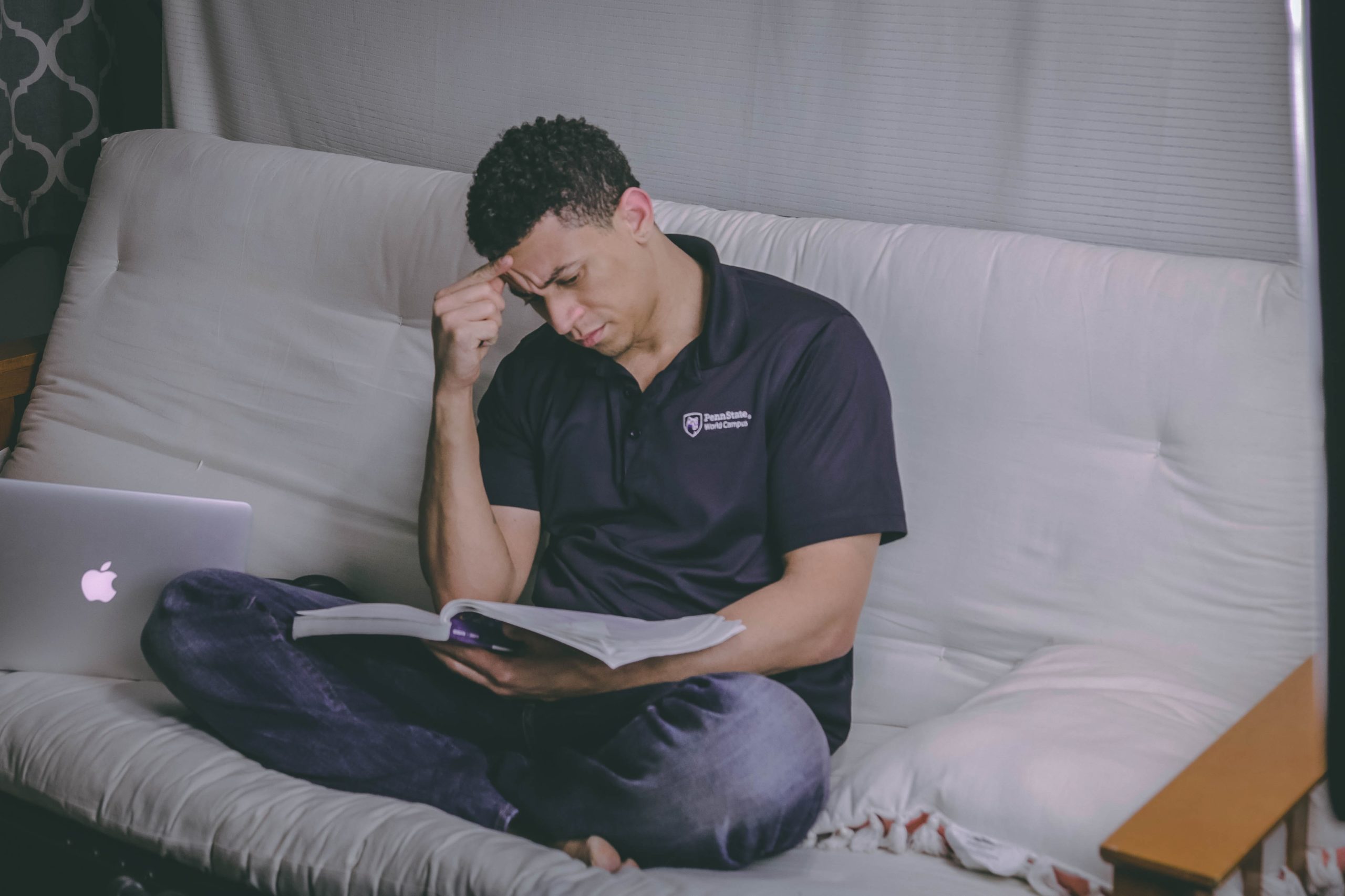What are the Differences Between Dyslexia and Dyspraxia?

Featured image by Exceptional Individuals
Blog post updated on 25th April 2022
Dyslexia and dyspraxia are both types of neurodivergence. They can be confused with one another due to their similar names and causing children and adults to struggle at school and work respectively, but here are the key differences between them:
What is Dyslexia?

Image by Craig Adderley, Pexels.com
Dyslexia refers to difficulty with reading and writing. It can affect literacy skills.
What is Dyspraxia?

Image by Tara Winstead, Pexels.com
Dyspraxia refers to difficulty in motor coordination skills. It is more likely to cause “movement and planning difficulties.”
Types of Dyslexia
There are at least two known types of dyslexia: phonological and visual.
Phonological dyslexia refers to difficulty with sounding out words whilst reading them, confusing one’s left with their right, difficulty rhyming words and struggling to count the number of words in a spoken sentence.
For example, people with dyslexia may struggle to think of words that rhyme with another such as, “orange.”

Image by Towfiqu barbhuiya, Pexels.com
Visual dyslexia refers to struggling with doing visual puzzles such as spot the difference, optical illusions and Rebus puzzles; confusing similar-looking letters and numbers with each other (e.g., “b” and “d,” 6 and 9); being unable to read maps and graphs (people with dyspraxia can also struggle to read maps), and letters appearing to move as people read them (this is also a common trait in people with Meares-Irlen syndrome).
Types of Dyspraxia
There are two different types of dyspraxia: motor dyspraxia and oral dyspraxia, otherwise known as verbal dyspraxia.

Image by cottonbro studio, Pexels.com
Motor dyspraxia causes difficulty with coordinating muscles and joints to put together a sequence of movements in order to perform an action such as a dance routine. People with motor dyspraxia also experience difficulty with changing direction; exhibiting poor balance and posture; having the tendency to trip, fall and bump into things; difficulty with handwriting and typing; and difficulty with dressing and grooming activities.

Image by Monstera, Pexels.com
Oral dyspraxia causes difficulty with coordinating the muscles in the jaw, lips and tongue when a person tries to speak.
How is Dyslexia Different from Dyspraxia?
 Image by Ylanite Koppens, Pexels.com
Image by Ylanite Koppens, Pexels.com
Even though both words have the same prefix, their suffixes have different meanings.
The “-lexia” part of dyslexia comes from the term lexis, which means language. The language part in dyslexia can cause people to have trouble learning their first language or a foreign one.
The “-praxia” part of dyspraxia derives from the Greek term praxis, which means to do. The doing part in dyspraxia can cause people with dyspraxia to struggle with hands-on activities such as arts and crafts.
Is Dyslexia Linked to Dyspraxia?

Image by Joey Kyber, Pexels.com
Dyslexia and dyspraxia could be linked to each other if a person has a diagnosis of both. Research shows that 52% – 53% of children who have dyslexia also have dyspraxia (Kaplan et al, 1998). In the Dyslexia Vs Dyspraxia Zoom webinar, Nat Hawley, the Head of Community at Exceptional Individuals, says that 53% of dyslexics also have dyspraxia. It is not known if this refers to adults only or a mixture of children and adults.
Zoom Webinar: Dyslexia Vs Dyspraxia
In this webinar, Nat outlines the key differences between dyslexia and dyspraxia. This webinar is not intended to diagnose, but it can be used as a starting point for people to discuss with their GPs and therapists to determine if they have dyslexia, dyspraxia or both.
Conclusion
Although dyslexia and dyspraxia are both neurological conditions, their key differences are what they cause and affect, and the meanings of their suffixes. If you think you have traits of dyslexia, take our free am I dyslexic quiz to find out if you have neurodivergent traits.





